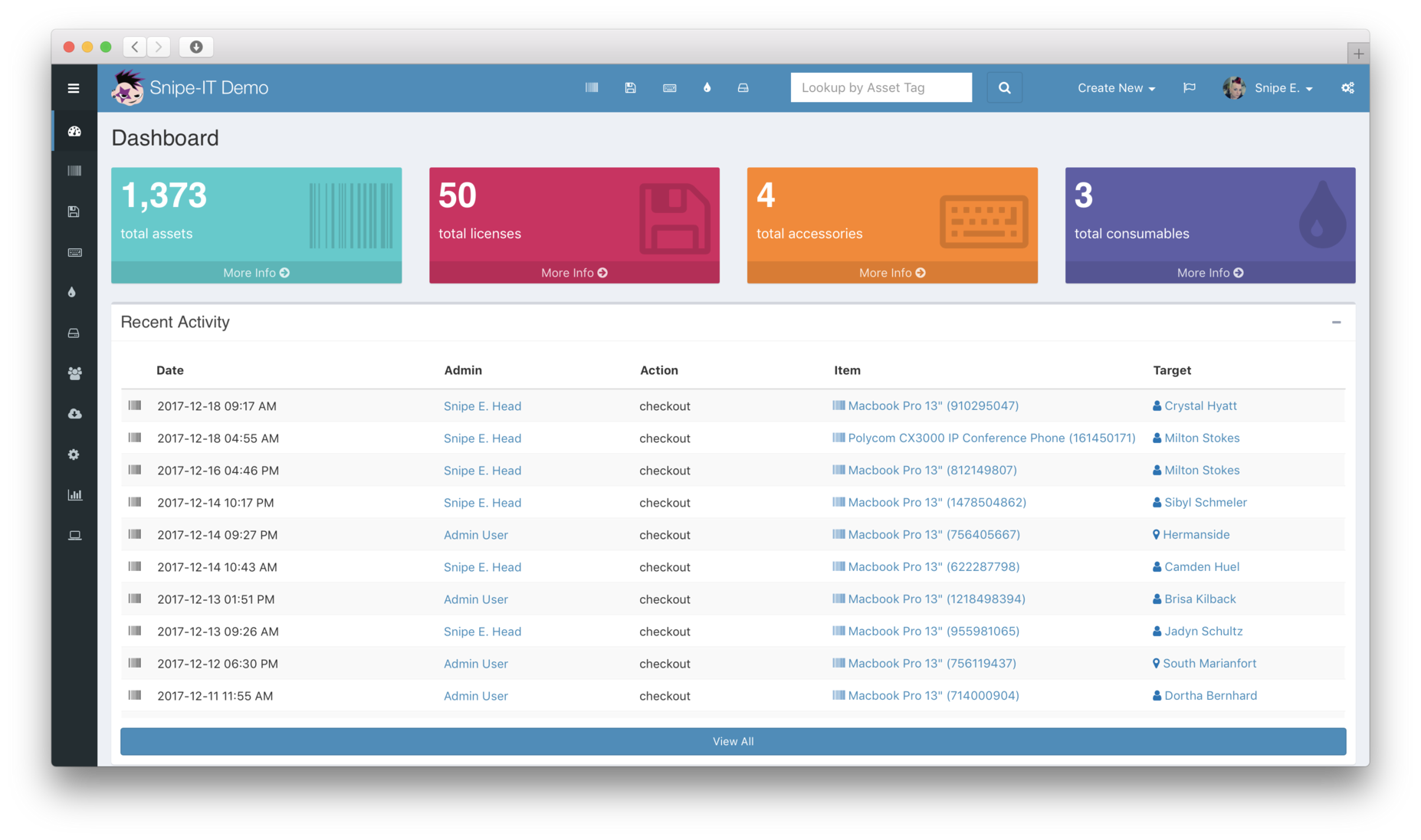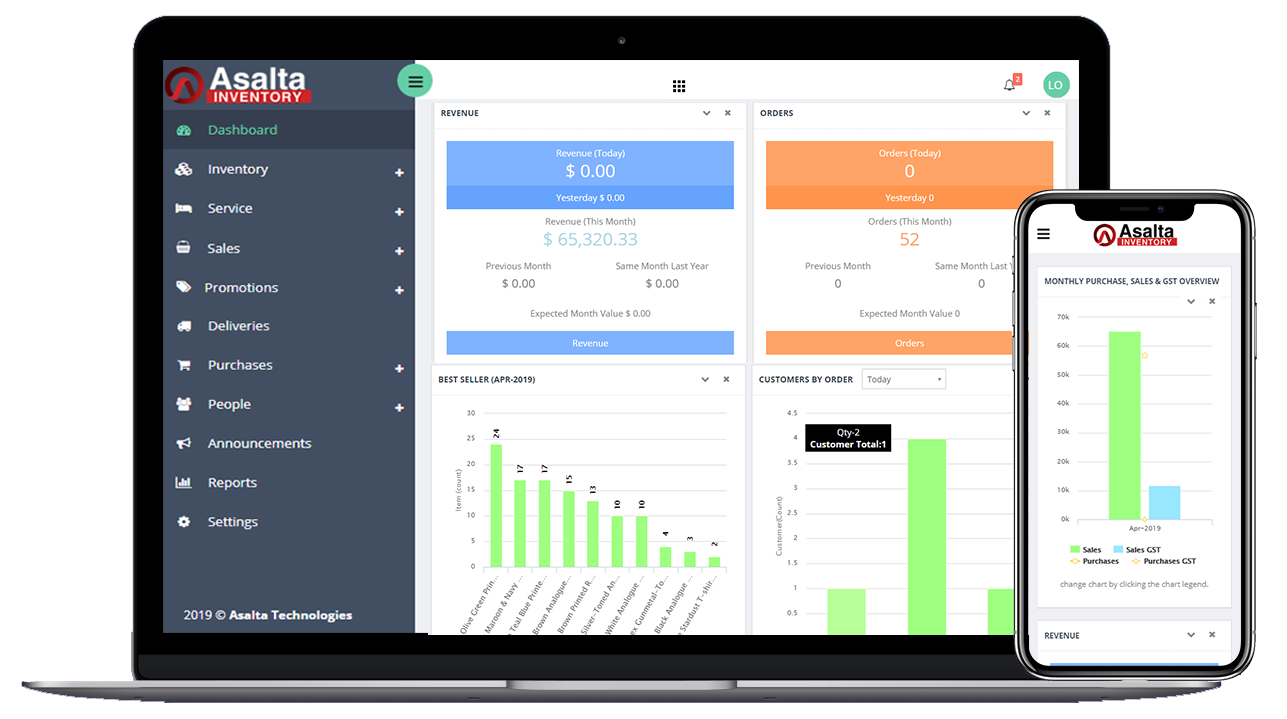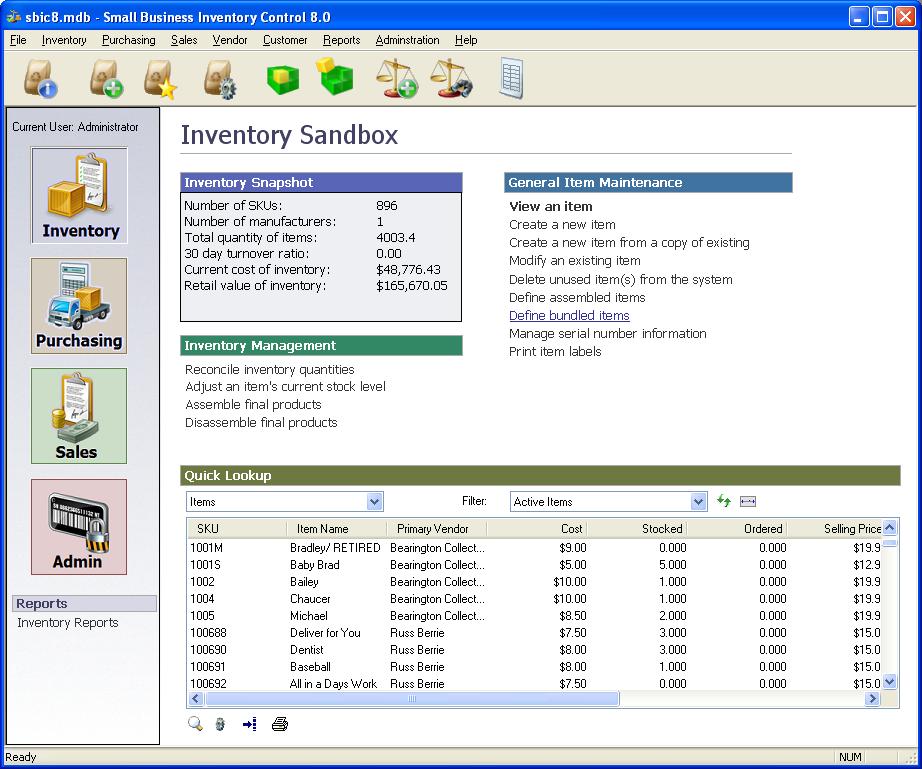Inventory control software small business – Inventory control software for small businesses plays a pivotal role in streamlining operations, reducing costs, and maximizing profits. By providing real-time visibility into inventory levels, businesses can make informed decisions, avoid stockouts, and optimize their supply chain.
From tracking inventory movements to generating detailed reports, inventory control software empowers small businesses to gain control over their inventory management processes, ultimately leading to improved efficiency and increased profitability.
Benefits of Inventory Control Software for Small Businesses

Inventory control software can be a valuable tool for small businesses. It can help them track and manage their inventory more efficiently, which can lead to reduced costs, improved accuracy, and increased sales. In addition, inventory control software can help small businesses save time and improve their bottom line.
Reduced Costs
- Inventory control software can help small businesses reduce costs by reducing the amount of inventory they have on hand. This can free up cash flow and reduce the risk of obsolescence.
- Inventory control software can also help small businesses negotiate better prices with suppliers by providing them with accurate data on their inventory levels.
Improved Accuracy
- Inventory control software can help small businesses improve the accuracy of their inventory records. This can reduce the risk of errors in orders and shipments, and it can also help businesses avoid overstocking or understocking.
- Inventory control software can also help small businesses track the location of their inventory, which can be helpful in the event of a theft or natural disaster.
Increased Sales
- Inventory control software can help small businesses increase sales by ensuring that they have the right products in stock at the right time.
- Inventory control software can also help small businesses track customer demand, which can help them make better decisions about what products to order and how much to order.
Time Savings
- Inventory control software can help small businesses save time by automating many of the tasks associated with inventory management.
- This can free up small business owners and employees to focus on other tasks, such as sales and marketing.
Improved Bottom Line
- By reducing costs, improving accuracy, increasing sales, and saving time, inventory control software can help small businesses improve their bottom line.
- Inventory control software can also help small businesses make better decisions about their inventory, which can lead to increased profitability.
Features to Consider When Choosing Inventory Control Software: Inventory Control Software Small Business

When selecting inventory control software for a small business, it’s crucial to consider the specific needs of the business and the key features that align with those needs. Here are some essential features to look for:
Inventory Tracking
Robust inventory tracking capabilities are paramount. The software should enable real-time visibility into inventory levels, including stock on hand, committed stock, and available stock. This allows businesses to make informed decisions regarding reordering, production, and sales.
Reporting and Analytics
Comprehensive reporting and analytics capabilities are vital for data-driven decision-making. The software should provide insights into inventory performance, including stock turnover rates, demand forecasting, and sales trends. This information helps businesses optimize inventory levels, reduce waste, and improve profitability.
Integration with Other Business Systems
Integration with other business systems, such as accounting software, e-commerce platforms, and CRM systems, streamlines operations and improves data accuracy. By eliminating manual data entry and automating processes, businesses can save time and reduce errors.
Customization and Flexibility
The ability to customize the software to fit the specific requirements of the business is essential. Businesses should look for software that offers configurable settings, customizable reports, and the flexibility to adapt to changing business needs.
Ease of Use and Support
Intuitive user interfaces and comprehensive support are crucial for successful software adoption. Businesses should choose software that is easy to use, even for non-technical users, and provides timely and effective support when needed.
Case Studies of Successful Inventory Control Implementations

Inventory control software has proven to be a valuable tool for small businesses, helping them streamline operations, reduce costs, and increase sales. Here are a few case studies of small businesses that have successfully implemented inventory control software:
ABC Company
ABC Company is a small manufacturing company that produces custom metal parts. Before implementing inventory control software, the company struggled to keep track of its inventory levels, which often led to stockouts and lost sales. After implementing an inventory control system, ABC Company was able to improve its inventory accuracy by 95%, which resulted in a 10% increase in sales.
The company also reduced its inventory carrying costs by 15%.
XYZ Company
XYZ Company is a small retail store that sells a variety of products, including clothing, electronics, and home goods. Before implementing inventory control software, the store often had difficulty keeping track of its inventory levels, which led to overstocking and lost sales.
After implementing an inventory control system, XYZ Company was able to reduce its inventory levels by 20%, which resulted in a 5% increase in sales. The store also reduced its inventory carrying costs by 10%.
Conclusion
These case studies demonstrate the benefits of inventory control software for small businesses. By implementing an inventory control system, small businesses can improve their inventory accuracy, reduce their inventory carrying costs, and increase their sales.
Emerging Trends in Inventory Control for Small Businesses

The rapid advancement of technology is constantly introducing new trends that are revolutionizing the way small businesses manage their inventory. These trends are shaping the future of inventory management, enabling businesses to optimize their operations, reduce costs, and improve customer satisfaction.
Small businesses can leverage these emerging trends to gain a competitive edge and drive growth. By understanding and embracing these trends, they can streamline their inventory processes, enhance accuracy, and make data-driven decisions to improve their overall performance.
Artificial Intelligence and Machine Learning
Artificial Intelligence (AI) and Machine Learning (ML) are transforming inventory management by automating tasks, predicting demand, and optimizing stock levels. AI-powered systems can analyze historical data, identify patterns, and make informed decisions to minimize overstocking and stockouts.
- Predictive analytics can forecast demand based on past sales data, seasonality, and market trends.
- Automated reordering systems can generate purchase orders based on predefined parameters, ensuring optimal stock levels.
- AI-driven inventory optimization algorithms can adjust stock levels in real-time based on demand fluctuations.
Cloud-Based Inventory Management
Cloud-based inventory management systems offer flexibility, scalability, and remote access. These systems store data on remote servers, allowing businesses to access their inventory information from anywhere with an internet connection.
- Real-time inventory visibility across multiple locations.
- Collaboration and data sharing among different departments.
- Automatic software updates and maintenance.
Radio Frequency Identification (RFID), Inventory control software small business
RFID technology uses radio waves to identify and track inventory items. RFID tags can be attached to products, allowing businesses to automate inventory tracking and improve accuracy.
- Automated inventory counting and real-time updates.
- Improved accuracy and reduced errors in inventory management.
- Enhanced visibility into inventory movements and locations.
Mobile Inventory Management
Mobile inventory management apps allow businesses to manage their inventory on the go. These apps provide real-time access to inventory data, enabling employees to scan items, update stock levels, and process orders from anywhere.
- Increased efficiency and productivity for warehouse and retail staff.
- Reduced errors in inventory data entry.
- Improved customer service with real-time inventory availability.
Data Analytics and Reporting
Data analytics and reporting tools provide valuable insights into inventory performance. Businesses can use these tools to identify trends, analyze demand patterns, and make informed decisions to optimize their inventory strategies.
- Identify slow-moving or obsolete inventory.
- Analyze inventory turnover rates and optimize stock levels.
- Generate reports and dashboards for inventory performance monitoring.
Concluding Remarks

In conclusion, inventory control software is an indispensable tool for small businesses looking to enhance their inventory management practices. By leveraging the capabilities of this software, businesses can streamline operations, reduce costs, and position themselves for growth in today’s competitive market.
FAQ Guide
What are the key benefits of using inventory control software for small businesses?
Inventory control software offers numerous benefits, including improved inventory accuracy, reduced stockouts, optimized ordering processes, and enhanced customer satisfaction.
How does inventory control software help small businesses save time?
By automating inventory tracking and reporting tasks, inventory control software frees up valuable time for small business owners and employees, allowing them to focus on other critical aspects of their operations.
What are some essential features to consider when choosing inventory control software?
When selecting inventory control software, small businesses should look for features such as inventory tracking, reporting capabilities, integration with other business systems, and ease of use.